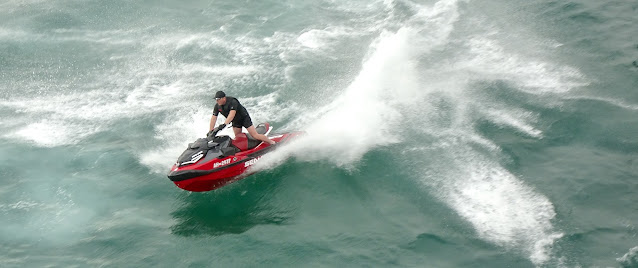At sunrise this morning, more than 400 pre-1905 motor cars were scheduled to set off from Hyde Park for the 98th London to Brighton Veteran Car Run, the world’s longest-running motoring event. The run commemorates the original ‘Emancipation Run’ of 14 November 1896, which celebrated the passing of the Locomotives on Highways Act. That law raised the speed limit for light locomotives from four to fourteen miles per hour and abolished the requirement for a man with a red flag to walk ahead of every vehicle.
Organised by the Royal Automobile Club, this year’s event covered a route of about sixty miles, following the traditional course from London through Croydon, Redhill, Crawley and Burgess Hill before descending into Brighton. It is not a race: the event is open only to vehicles built before 1905, and every entrant who crosses the finish line within daylight is considered a victor. The finishing stretch took the cars directly onto the Brighton seafront, Madeira Drive once again serving as the ceremonial end-point.
The run’s tradition of finishing on Madeira Drive dates back to the early 1900s, when the event was revived after the First World War. Over the decades it has only rarely been interrupted - by fuel shortages, war, and once by the pandemic. This year’s run also honoured the 125th anniversary of the Royal Automobile Club’s 1000-Mile Trial of 1900, another milestone in the story of early motoring.
This mornings first arrival on Madeira Drive was vehicle number 046, a 1900 Renaux tricycle driven by Clive Pettit (picture at top). The lightweight three-wheeler crossed the finish line just before 11 a.m., its simple design and reliability giving it an early advantage on the 60-mile run. The second vehicle and the first four-wheeled car to reach the seafront was number 018, an 1898 Stephens dogcart (pictured above), which rolled in at exactly 11 - later than usual, possibly because of early morning bad weather.
The run has acquired its own folklore. Many entrants and passengers dress in Edwardian costume; breakdowns are frequent and often met with good humour and clouds of steam; and the sound of sputtering engines and brass horns evokes the infancy of motoring. The 1953 film Genevieve (see film still) has immortalised the event’s charm and chaos, and even today the scene of creaking, smoke-puffing machines rolling into Brighton beneath the cliffs of Madeira Drive retains something of that cinematic magic.Among the machines entered in this year’s London to Brighton Veteran Car Run are:
- an 1894 Benz, a single-cylinder 1.5 horsepower pioneer from Germany driven by Hermann Layher, its exposed brass fittings and carriage-style tiller steering embodying the dawn of motoring;
- an 1898 Léon Bollée, the elegant French tricar whose sloping body and chain drive reflecte the ingenuity of fin-de-siècle engineering;
- the British Motor Museum’s 1899 Wolseley, one of the earliest four-wheelers designed by Herbert Austin;
- a newly restored Opel Darracq making its debut, representing a rare Franco-German collaboration from the earliest years of the automobile.







































.jpeg)